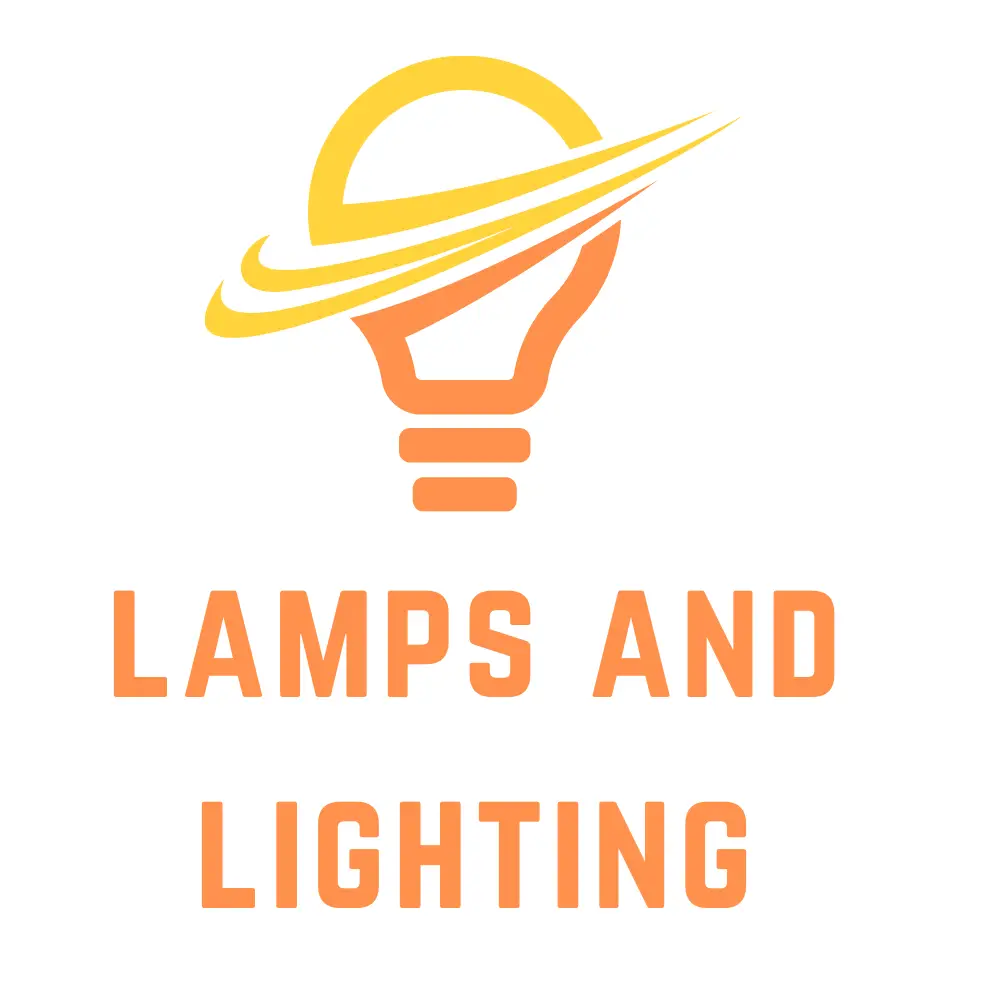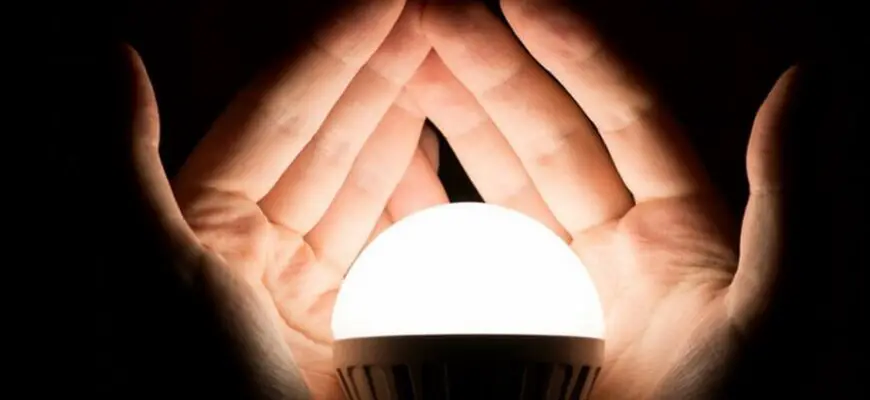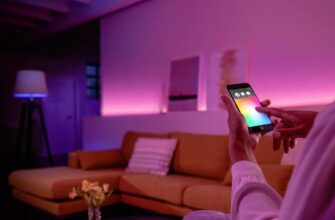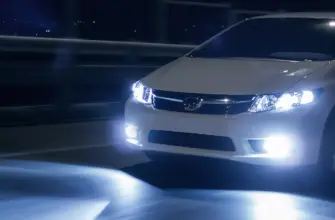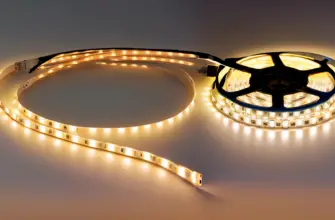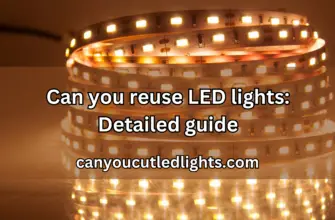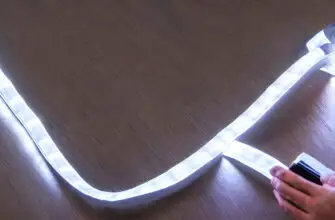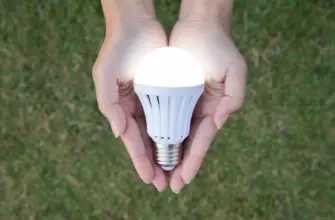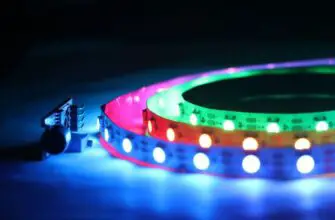Do you want to know if is it safe to cover LED lights? It is crucial for homeowners and professionals who want to modify their lighting fixtures.
Covering LEDs improperly can pose risks such as electrical shock, a short circuit, and fire hazards. Therefore, it’s important to understand the factors to consider before covering lights, such as the type of cover material, the temperature rating of the LED light, and the ventilation requirements.
In this article, we will discuss whether is it safe to cover LED lights or not.
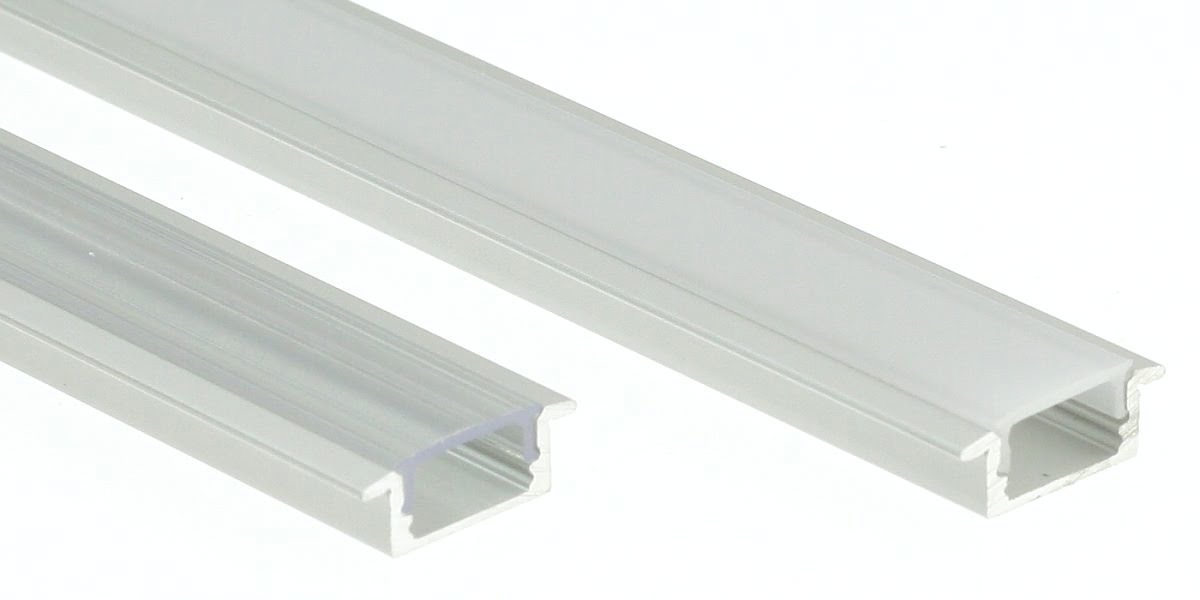
The safety of LED lights
Before covering lights, it’s important to consider several factors to ensure that it’s done safely and effectively.
First, it’s crucial to choose the right type of cover material that can withstand the heat generated by the LED light and allow for proper ventilation.
Acrylic or polycarbonate materials are often recommended for the process because they are heat-resistant and can distribute light evenly.
Risks associated with covering LED
Although covering lights can be a useful addition, there are certain potential hazards associated with it. So, is it safe to cover LED lights? Let’s look at the potential dangers first.
One of the primary dangers of covering LED lights is the possibility of electrical shock LED lights from all the buildup heat. The same light that can generate bright and energy-efficient illumination can also produce heat.
However, using light covers can help to mitigate this risk by evenly distributing the light and improving ventilation.
Additionally, it is important to have basic knowledge of electrical safety to avoid the risk of a short circuit since it can generate electrical shocks.
Benefits of covering LED lights
The concern about hot incandescent bulbs causing overheating can be alleviated by switching to LED lights. LED lights generate much less heat and don’t require as much electricity. This makes it safe to cover LED lights without risking overheating or other safety hazards associated with high-heat bulbs.
Nevertheless, it is important to keep in mind the potential hazard of the electrical shock of the short circuit or harm to the main overhead light fixture to prevent any mishap.
Despite the potential risks associated with covering LED lights, using LED light covers can be beneficial. LED bulb covers can help to evenly distribute light, create ambient lighting and reduce glare, making them useful for enclosed spaces where bright light is not desirable.
Additionally, LED light covers can enhance the appearance of fixtures and provide aesthetic ambiance to enclosed spaces.

Factors to consider when covering LED lights
When covering LED bulbs, it is necessary to consider various factors to ensure that they are safe to cover and achieve the desired lighting effect.
Additionally, the type of light bulb being used should be taken into account to determine the appropriate covering materials and methods. Here is an overview of the factors:
Heat buildup
One of the most significant factors to consider when covering LED lights is the potential for buildup.
If the cover material is not heat-resistant or does not allow for proper ventilation, the LED lights can overheat and potentially cause fire hazards.
It’s crucial to choose the right type of cover material that can withstand the heat generated by the LED bulb and allow for proper ventilation.
Air circulation
Proper air circulation is also essential when covering LED lights. If the cover material is not breathable, it can trap heat and prevent the LED lights from dissipating the heat properly. This can lead to overheating and potentially cause a fire.
Power rating
The power rating of bright LED lights is another important factor to consider when covering LED lights. If the cover material is not rated for the same power as the LED lights, it can potentially cause a fire risk or damage to the LED lights.
Electronic devices
When covering LED lights that are used in conjunction with an electronic device, it’s significant to consider the potential for electromagnetic interference (EMI).
If the cover material is not designed to shield against EMI, it can potentially interfere with the electronic device and cause malfunction or damage.
Extension cords
If the LED lights are connected to an extension cord, it’s important to ensure that the cord is rated for the same power as the LED lights and that it is in good condition.
Using an extension cord that is not rated for the same power as the LED lights or that is damaged can potentially cause a fire risk.

Effects of covering LED lights
- Light brightness
When you cover LED lights, it can affect the brightness of the light emitted. Depending on the material and thickness of the cover used, the amount of light coming from the light bulbs may be reduced.
This can impact the intended use of the light, especially in situations where bright lighting is necessary. Therefore, it is essential to choose a cover material that allows for sufficient light transmission.
- Aesthetic ambiance
Ambient lighting can enhance the aesthetic of a room or space. Using the right light cover material can create a soft or ambient lighting effect that can change the mood of a space.
For example, a cover that is made of a frosted or tinted material can create a warm and inviting atmosphere. By simply possessing only elementary computer skills, you can use your smartphone to easily add various colors and patterns to your LED lighting.
This combination of cover material and digital customization options allows you to create a unique and personalized lighting experience that perfectly matches your needs and preferences.
- Glare
LED lights can also cause glare light if the cover is not chosen carefully. The reflection of the light on the cover material can create uncomfortable glaring lights.
This can be a problem, especially in work environments where clear vision is essential.
To avoid glare, it is crucial to select a cover material that diffuses the light effectively.
- UV emissions
Some LED lights emit UV radiation, which can be harmful to humans and may cause materials to deteriorate over time. You can reduce the amount of UV radiation emitted when you cover LED lights.
However, it is important to choose a cover material that effectively blocks UV light to ensure safety and protect materials from damage.

Conclusion
In conclusion, LED lights have become a popular choice for their energy efficiency, long lifespan, and aesthetic ambient lighting. Covering LED lighting can enhance their appearance, provide additional protection, and even offer energy-saving benefits.
LED light covers are necessary because of the blue light emitted by modern LED lamps because exposure to blue light at night can disrupt the natural sleep-wake cycle and suppress the production of melatonin, which can lead to sleep disturbances and other health problems.
By understanding the factors and following recommended safety tips, it is possible to safely cover LED lights and enjoy their benefits without compromising safety.
FAQ
Is it safe to cover LED lights with paper?
Covering the LED light with paper is not recommended, as it can pose a fire hazard due to the risk of the paper igniting or blocking airflow and causing too much heat buildup.
Is it safe to cover LED lights with tape?
It may be safe to cover LED lights with tape, but it depends on the type of tape used. Clear scotch tape can be used to diffuse or dim the light, but other types of tape may not be heat-resistant and can pose a fire hazard.
Instead of using tape, you can block the light from shining through by applying black nail polish or using a black permanent marker to cover it completely.
Can you cover LED lights with duct tape?
Duct tape should not be used to cover LED lights, as it is not heat-resistant and can pose fire hazards.
It is recommended to use materials specifically designed for covering lights, or consult LED manufacturers for proper installation and safety guidelines.
Learn More: About LED Lighting
